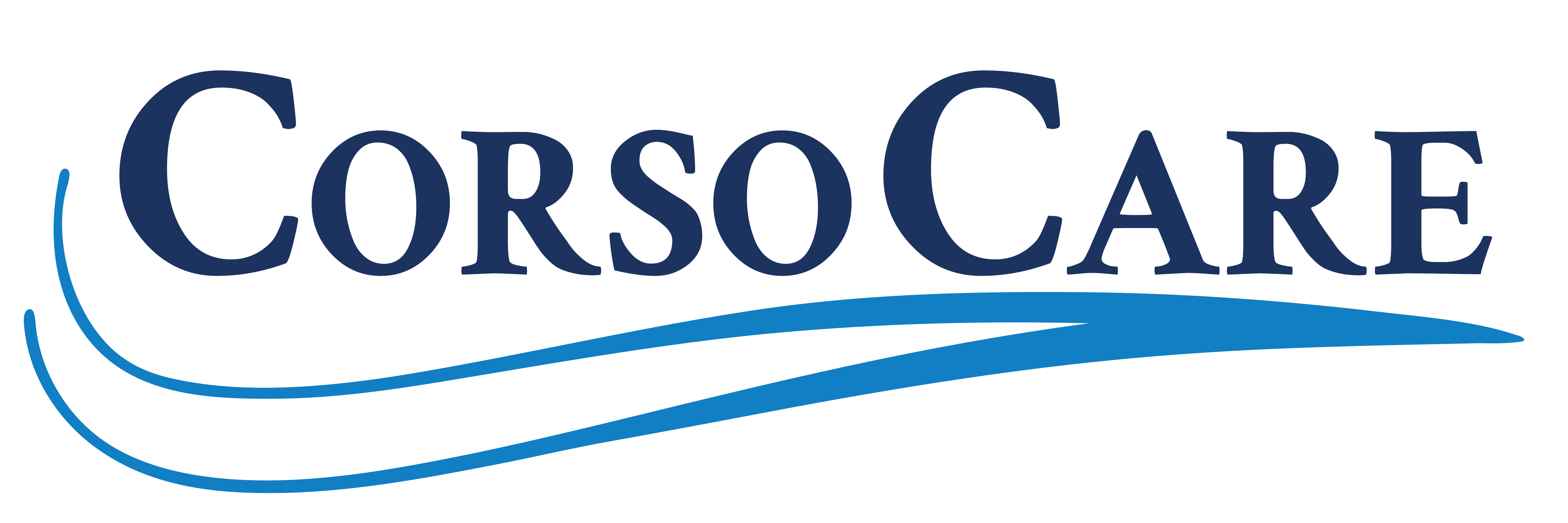Hospice Myths
We’re dedicated to dispelling the many myths surrounding hospice care. Below are some of the most frequent myths that we hear about, and clarification behind each.
1. You can’t go back to mainstream medicine or leave hospice if you get better.
This is not true. New treatments become available, and patients can improve and leave hospice. Hospice is not a one-way street.
2. Using hospice is the same as “giving up.”
Not at all! This is one of the most common misconceptions about hospice. To be eligible for hospice, a doctor must certify that you or a loved one have six months or less to live if the illness runs its normal course and you or your loved one have elected to forego all curative treatment. That does not mean there is nothing left to do. In fact, hospice care emphasizes quality of life and the easing of pain and distress, allowing you or your loved one to spend his or her remaining time focused on the things that ultimately are the most important and meaningful.
3. Hospice Care is only for patients diagnosed with cancer.
Hospice is available to patients with eligible illnesses ranging from congestive heart failure, to renal failure, to Alzheimer’s.
4. Hospice is only for homebound and bedridden people.
Hospice is not only for those hospice-eligible who are homebound or bedridden; in fact, most are living their day-to-day lives. Care is given wherever the patient calls “home.” This includes a personal home, a senior living community, or a skilled nursing home. Hospice patients are encouraged to do all they are able to do.
5. When people are placed in hospice, they die within a few days of admission.
While most hospice-eligible patients pass while receiving hospice care, some live longer and many have a better quality of life, with the help of the hospice team.
6. Patients placed in hospice are over-medicated, which leads to addiction and sleeping all the time.
The hospice team working with a hospice patient has the expertise to manage pain, so the patient is comfortable yet alert and able to enjoy each day to the fullest extent possible, given their terminal condition.
